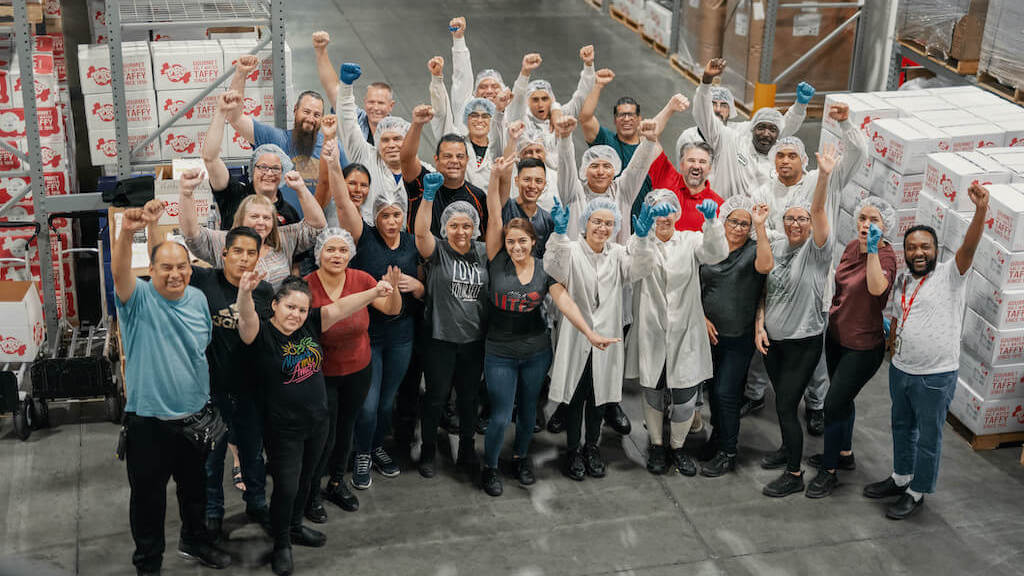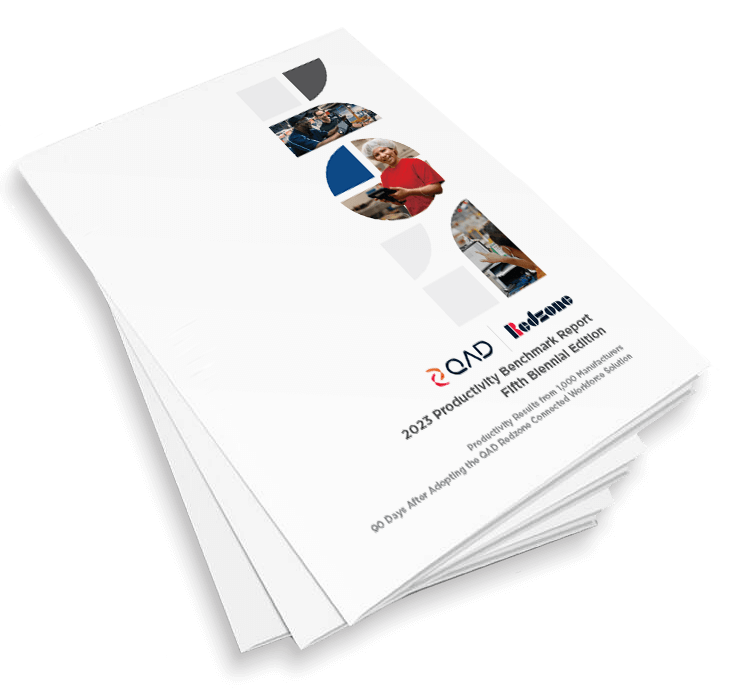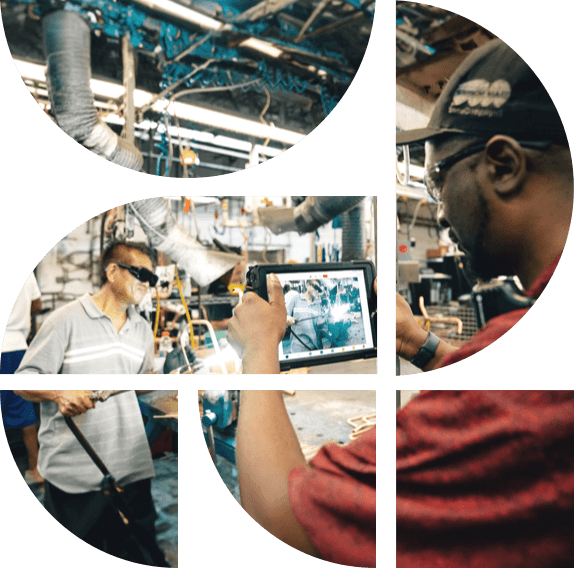Press Release: QAD Redzone is Front Runner in LNS Research Connected Frontline Workforce Applications Solution Selection Matrix Read Now
Ken Fisher
April 11, 2023

In today’s rapidly advancing world, technology has fundamentally transformed the way we live, work and interact with each other. The internet and smart devices now ensure we are connected at all times, from ordering food and keeping up with family on social media to watching movies and reading news articles. This level of connectedness even extends to the manufacturing industry, and the potential for digital technologies to revolutionize the industry into a modern connected workforce is enormous.
As we move toward a more connected world, the importance of connected workers cannot be overstated. Connected workers are those equipped with the latest digital tools and technologies, enabling them to work smarter, more efficiently and with greater accuracy than ever before. In manufacturing, connected workers have the potential to increase productivity, improve quality and enhance safety.
The manufacturing industry is quickly evolving, and new digital technologies are making it possible to help manufacturing excel and expand upon the era of connectivity. The manufacturing industry is quickly evolving, and new digital technologies are paving the way for the rise of the connected worker, making it possible to help manufacturing excel and expand upon the era of connectivity. The Internet of Things (IoT), machine learning, artificial intelligence, and other advanced technologies are transforming the way manufacturers operate. These innovations are integral to the connected worker concept, enabling them to collect and analyze data in real-time, optimize production processes, and improve product quality through enhanced decision-making and efficiency.
In this guide, we’ll explore the benefits of connected workers in manufacturing, the technologies driving the connected worker revolution and how manufacturers can embrace this era to gain a competitive advantage in the market.
A connected worker is an employee who is integrated into their environment by connective technologies. These technologies enable workers to perform their jobs more efficiently and effectively, and they can access and share information, communicate with others and perform tasks remotely. But being a connected worker is much more than simply using technology to stay connected and collaborate with others.
Connected workers can be found in all areas of a business, from the factory floor to the executive suite. In manufacturing, for example, connected workers can use digital tools to access real-time data, monitor equipment performance and work with other team members to optimize production processes. In doing so, they can increase productivity, improve quality and enhance safety, all while driving innovation and competitiveness for their organization.
In short, connected workers are essential to the success of modern businesses. They possess a unique set of skills and attributes that enable them to work more efficiently, collaborate more effectively and make better decisions.
A connected workforce can offer a wide range of advantages to organizations across various industries. These benefits stem from the use of connective technologies that enable workers to perform their tasks more efficiently and collaboratively. Here are some of the many benefits of a connected workforce:
By embracing connective technologies and empowering their connected workers, organizations can unlock the full potential of their workforce and gain a competitive advantage in the market.
To fully leverage the benefits of a connected workforce, companies must take measures to increase employee engagement. By promoting a culture of collaboration and providing support for new technologies, companies can help workers to feel more connected to their jobs, which can reduce turnover and increase productivity. Here are a few strategies for increasing worker engagement:
A connected workforce relies on technology to stay engaged and productive. Here are some of the top forms of technology used by today’s connected workforce:
Connected workers are a vital component of a modern manufacturing workforce. Here are a few scenarios where connected workers can make an impact:
When selecting a connected workforce platform, it’s important to consider your organization’s unique needs and goals. Here are some things to keep in mind:
When evaluating different connected worker platforms, ask yourself the following questions:
By considering these factors and asking the right questions, you can choose a connected worker platform that meets your needs and helps your organization achieve its goals.
The benefits of a connected workforce are clear. By bringing cross-functional teams together with a common goal of providing them with the tools and resources they need, organizations can see significant improvements in productivity, efficiency and overall performance. Furthermore, by investing in a connected workforce, organizations can foster a sense of trust and empower their frontline employees to take ownership of their work and solve problems on their own, ultimately leading to greater success and a more efficient workplace.
Don’t wait any longer to start transforming your workforce with connected worker technologies — download our eBook, The New Connected Workforce, and take the first step toward a more productive manufacturing operation.
Ken Fisher Ken Fisher, SVP Product, Marketing, and Solutions at Redzone, is a seasoned professional with over 20 years of experience in manufacturing operations and lean transformation. He has a deep understanding of industry challenges and is dedicated to recognizing the value of frontline workers in manufacturers' success. Ken leads a team at Redzone that enhances current products, develops new solutions, and works with factories to design digital production systems that achieve operational goals. He also served as a Continuous Improvement Coach, implementing Redzone in food processing facilities. Notably, Ken spoke at the Food Safety Summit in 2019. He holds a B.S. in Industrial Engineering from the University of South Florida and an M.B.A. from the University of Florida.
1,000 Factories’ Productivity Data: The Largest Dataset of Its Kind ...

Contact us and let's begin empowering your frontline and growing your bottomline.
